This year for Black History Month, we want to share with you the powerful story of solidarity and centuries-long friendship between Black Americans and Ethiopians.
This connection traces back to the Bible. Ethiopia is mentioned over 40 times in the Scripture. And Black Americans, especially during the era of slavery and segregation, drew a lot of inspiration from this fact.
The verse “Ethiopia shall stretch forth her hand unto God” was often used by Black poets, writers and revolutionaries including Dr. Martin Luther King as a rallying cry to inspire pride, hope and connection with Ethiopia.
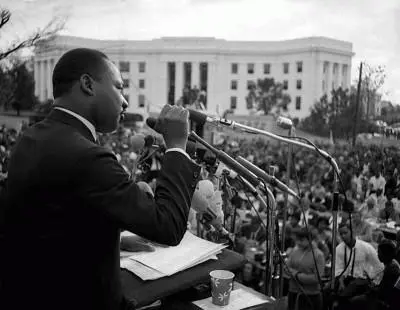
In 1808, Ethiopian merchants arrive in New York City. When they tried to attend a segregated church, they were barred from praying alongside White worshippers.
Since Ethiopia adopted Christianity long before most of Europe and America, they knew this was wrong. That’s when they organized with Black Americans to build the first non-segregated church in New York. They called it the Abyssinian Baptist Church. Still standing today. 219 years strong.
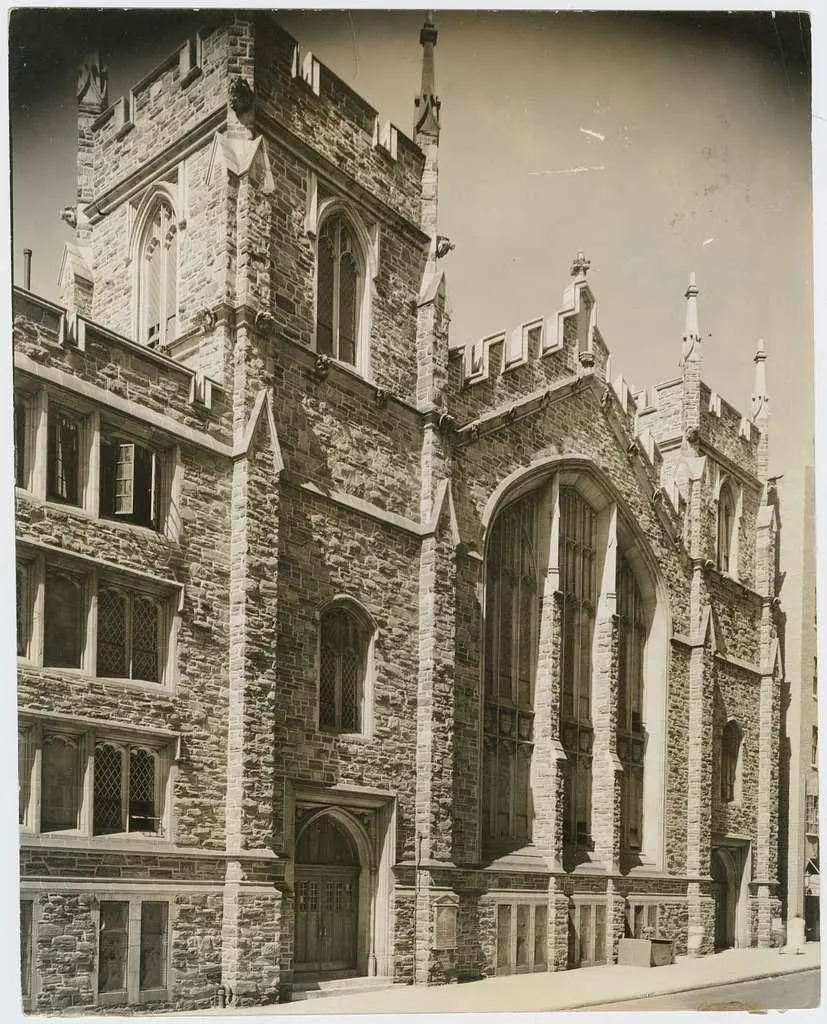
In 1896, Italy tries to take over Ethiopia. Ethiopia fights back. Wins. Becomes the only African nation to successfully resist colonization during the Scramble for Africa. To learn more about this epic battle, grab our comic book ZUFAN here.
Black communities worldwide see this moment as divine justice. Ethiopia’s green, yellow, red flag becomes a symbol of liberation and Pan-African pride. The colors appear in Black parades, organizations, music, art and becomes part of popular culture.
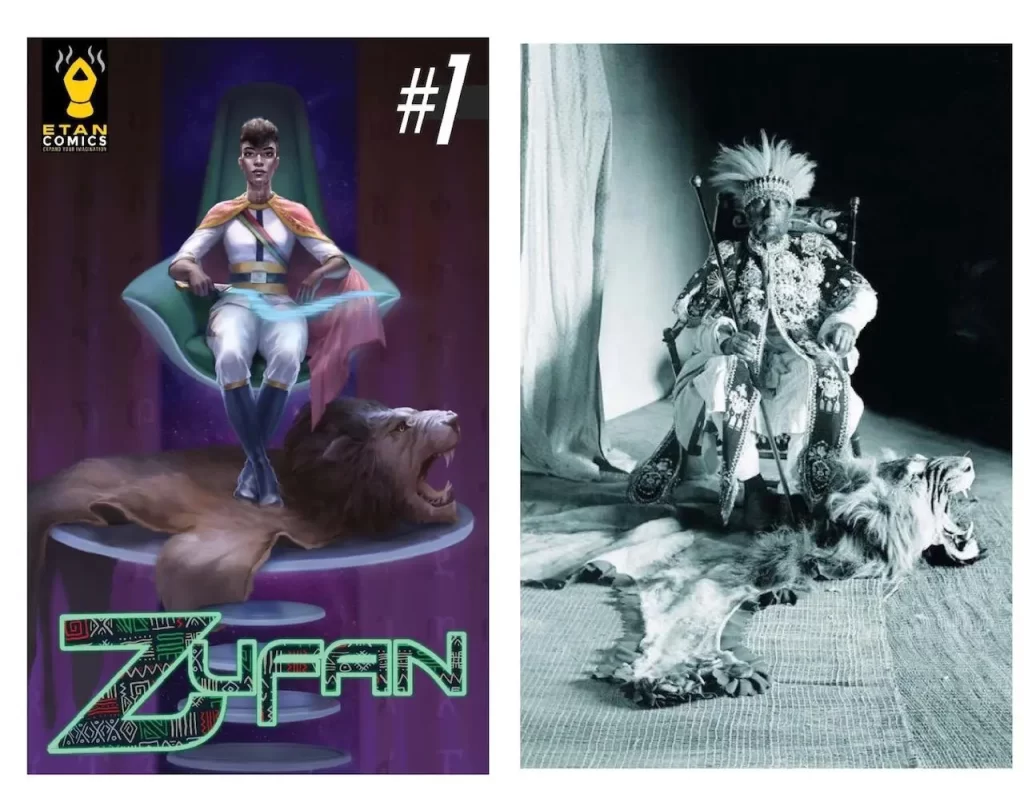
1919. The first official Ethiopian delegation arrives in United States. They visit the White House but they also go to visit several Black institutions and leaders. They extend the first invitation to Black Americans to repatriate to Ethiopia. By 1933, over a hundred Black Americans had responded to the official invitation and were living in Ethiopia.
The delegation also bridges the ties between Black American Jews and Ethiopia’s indigenous Jewish community who numbered over +40K at the time.

When Mussolini invaded Ethiopia in 1935, thousands of Black Americans volunteered to defend Ethiopia. However, the US government blocked most from leaving and only two actually made it to Ethiopia.
Colonel John Charles Robinson from Chicago (Father of Tuskegee Airmen), and the Trinidadian-born Colonel Huber Fauntleroy Julian from New York.
Both pilots provided the principal air defense for Ethiopia against Italian invasion. John later on became the Commander of the Ethiopian Air Force. To learn more about his story, grab our comic book LONG DISTANCE here.

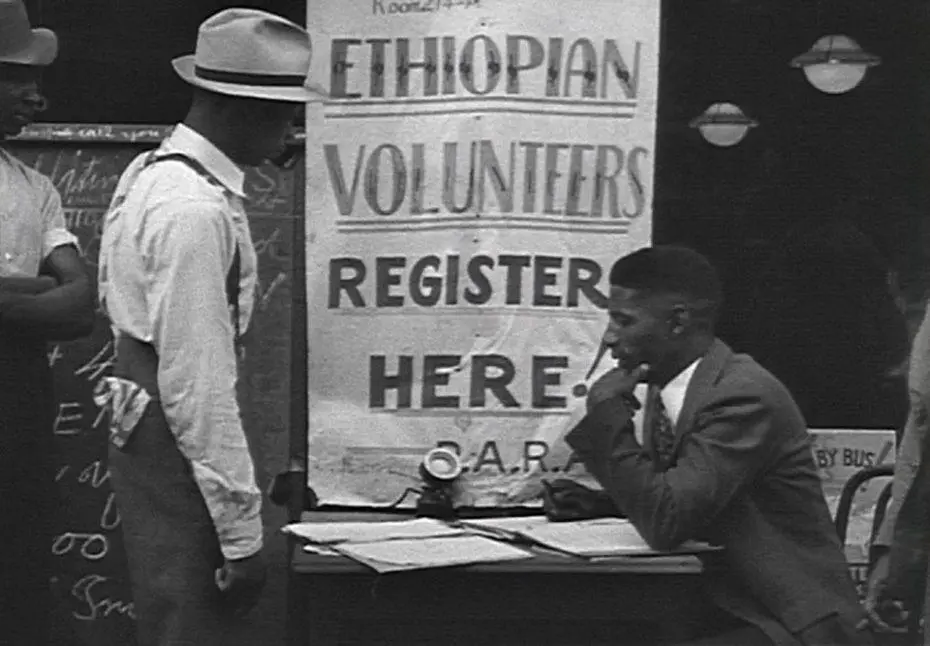
During the Korean War, Ethiopians troops and Black Americans served side by side. They united again during the Olympics boycott against racial injustice. The original Harlem Shake is said to be inspired in part by Ethiopian dance Eskista.
Malcom X once said I can accurately remember the first set of books that really impressed me. One of those books was by J.A. Rogers about Ethiopia, the oldest Black civilization. He would later go on to visit Ethiopia.
These are just a few examples. There are a lot more connections. Unfortunately, some Black Americans today grew up only hearing about famine and war in Ethiopia. And some Ethiopians today are completely oblivious to the contributions and sacrifices Black Americans made on our behalf.
That’s why we share these stories and pass on this legacy through our comics. And some day soon through amazing animated series and more.
Thank you for reading. Happy Black History Month!
| P.S. Want your to explore more Black history? Start here. |


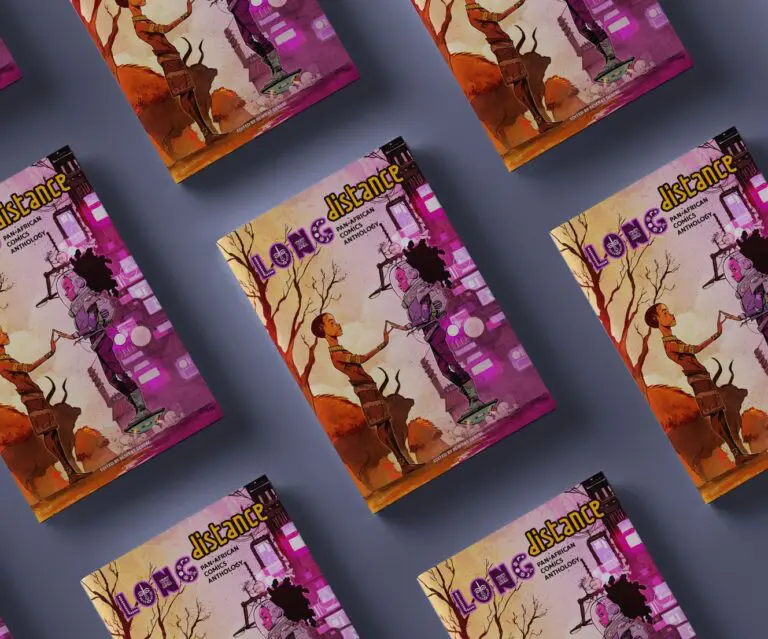
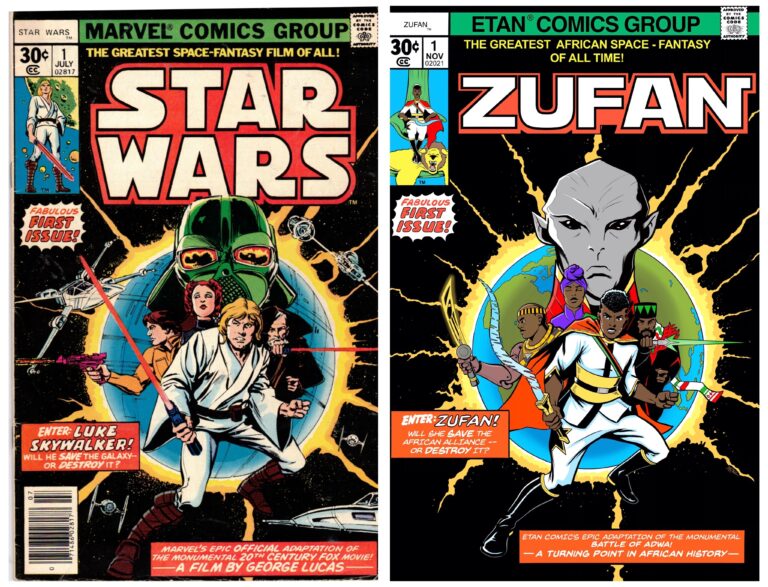

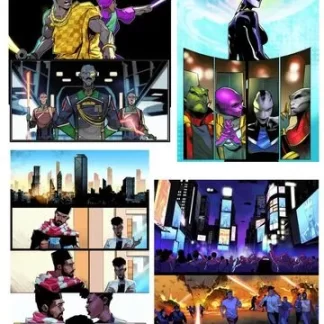
![HAWI: African Mythology Graphic Novel [Hardcover]](https://etancomics.com/wp-content/uploads/2025/01/HAWI-Graphic-Novel-Title-324x324.webp)
![HAWI: African Mythology Graphic Novel [Hardcover]](https://etancomics.com/wp-content/uploads/2023/11/HAWI-PG-324x324.jpg)
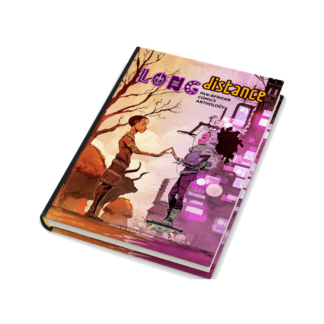

![ZUFAN Issue #1-2 Bundle -English [HARD COPY]](https://etancomics.com/wp-content/uploads/2023/11/ZUFAN-1-2-Bundle-324x324.webp)
![ZUFAN Issue #1-2 Bundle -English [HARD COPY]](https://etancomics.com/wp-content/uploads/2023/06/African-Alliance-324x324.jpg)